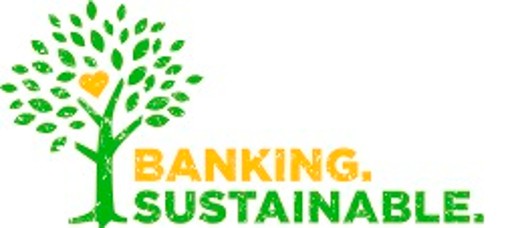
The great importance of sustainability and in particular of climate protection is now undisputed, also due to recent severe weather disasters. A few years ago it was still a niche topic, but today the topic is at the top of the agenda of politicians, investors, companies, consumers and private investors. The financial industry plays a decisive role in the sustainable transformation of the economy.
It directs financial flows through financing and capital markets into investments that drive sustainable development. In this way, the financial industry also makes an important contribution to achieving global, European and national climate targets and human rights due diligence in supply chains. In addition to the environment (E), sustainable finance also considers the topics of social affairs (S) and governance (G).
Commerzbank is aware of its special responsibility. Our aim is to make a decisive contribution to achieving the goals of the Paris Climate Agreement. For example, we use the methodology of the Science Based Target Initiative (SBTi) to measure the climate impact of our loan portfolio in order to align it with the Paris climate target of "well below two degrees". For our customers, we are also constantly expanding our green financial products and continuously tightening our positions and guidelines on lending. Further information on our sustainability strategy can be found here.